Seeking the Unseen Presence
Artists
Bu Di, Cai Lei, Liu Shangying, Lyu Song, Shen Liang, Shi Chong, Wang You, Yang Maoyuan, Yue Zi, Zhang Jian, Zhao Yang, Zhuang Hui
Curator
Zhang Chen
2025.07.26 – 2025.09.01
松下问童子,
言师采药去。
只在此山中,
云深不知处。
Beneath the pines I asked the boy;
he said his master had gone to gather herbs.
He’s somewhere in this mountain,
though the clouds are deep and I know not where.
—— Jiao Dao (贾岛), Searching for the Hermit but Not Finding Him (《寻隐者不遇》), Tang dynasty
言师采药去。
只在此山中,
云深不知处。
Beneath the pines I asked the boy;
he said his master had gone to gather herbs.
He’s somewhere in this mountain,
though the clouds are deep and I know not where.
—— Jiao Dao (贾岛), Searching for the Hermit but Not Finding Him (《寻隐者不遇》), Tang dynasty
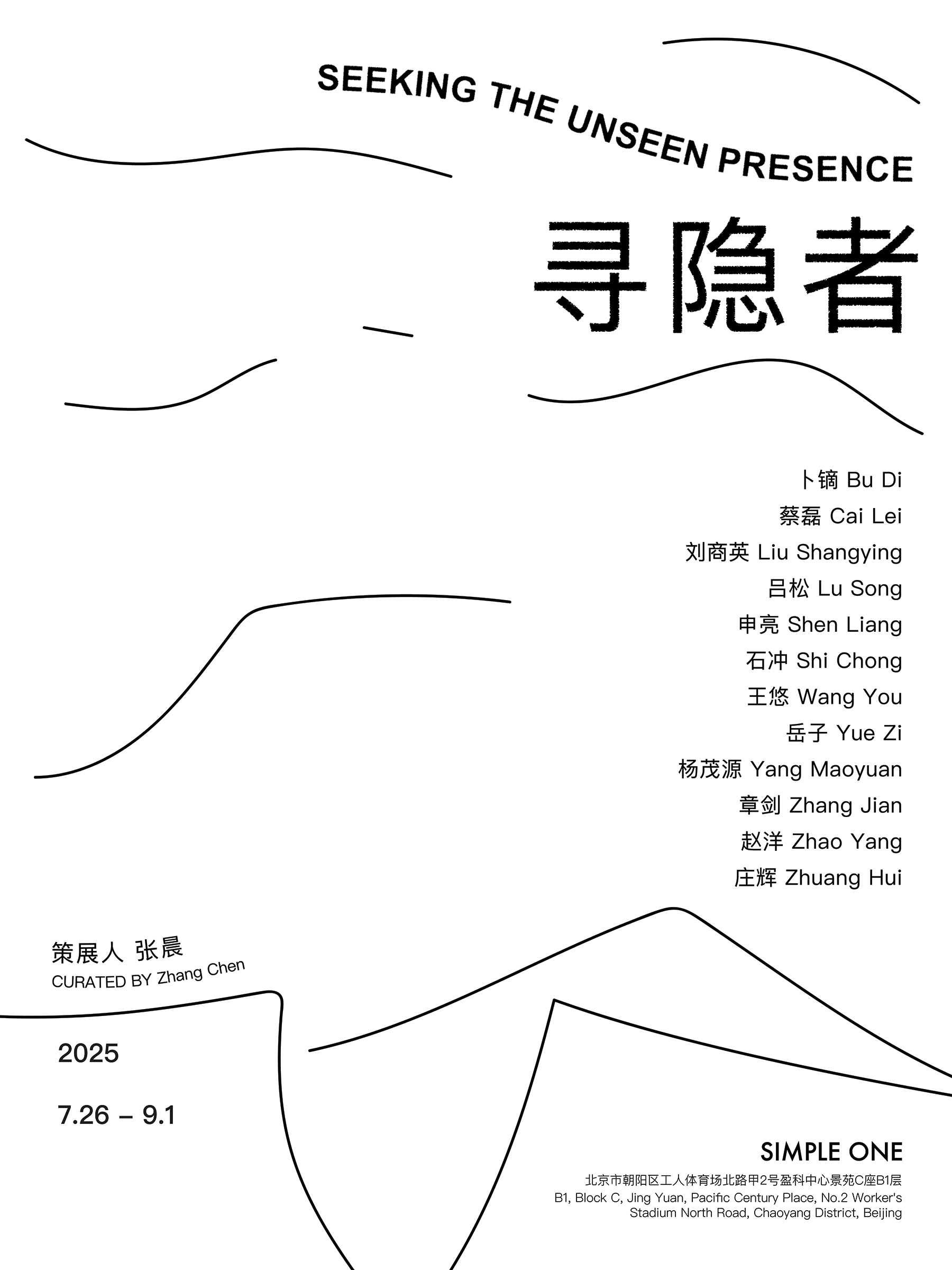
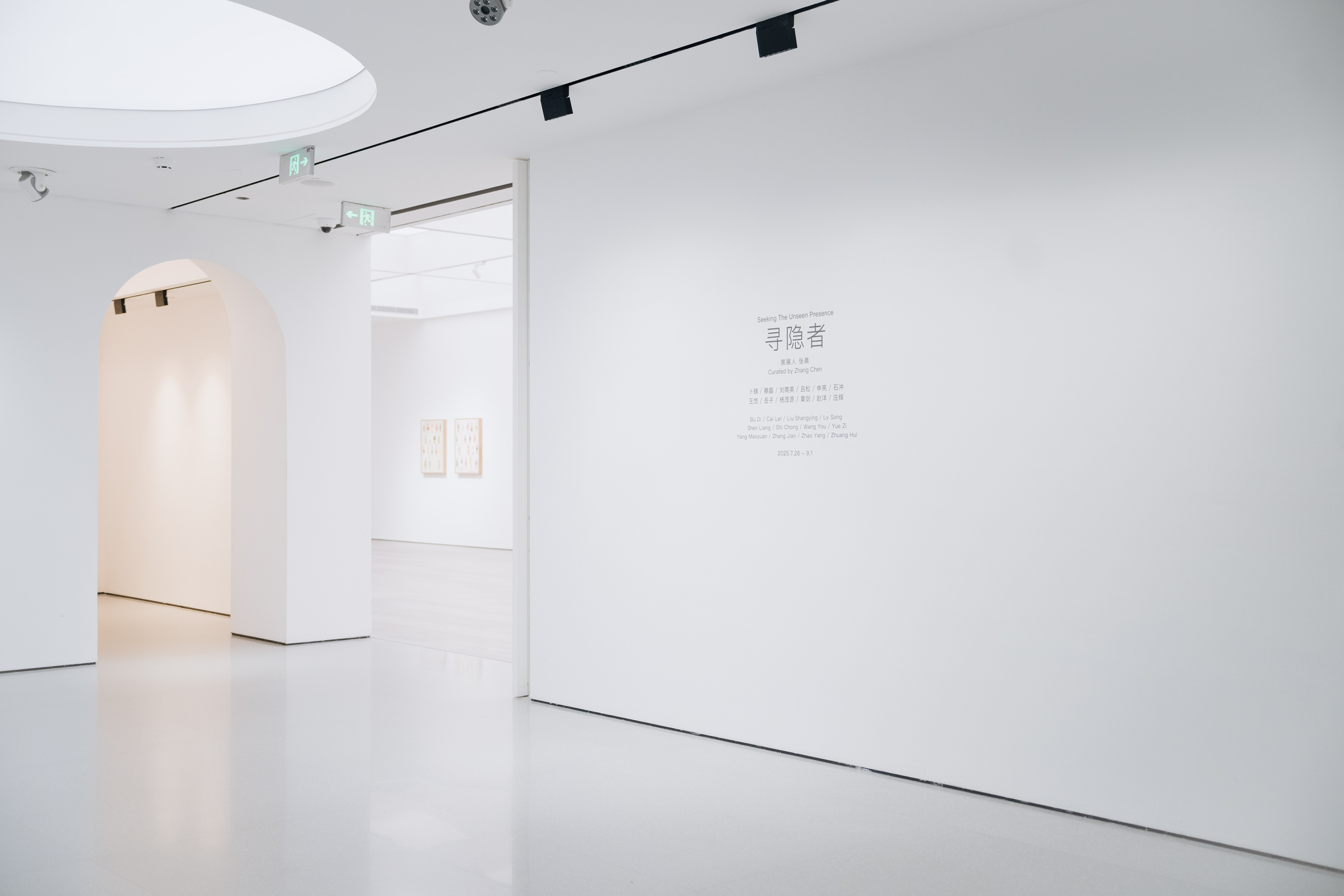
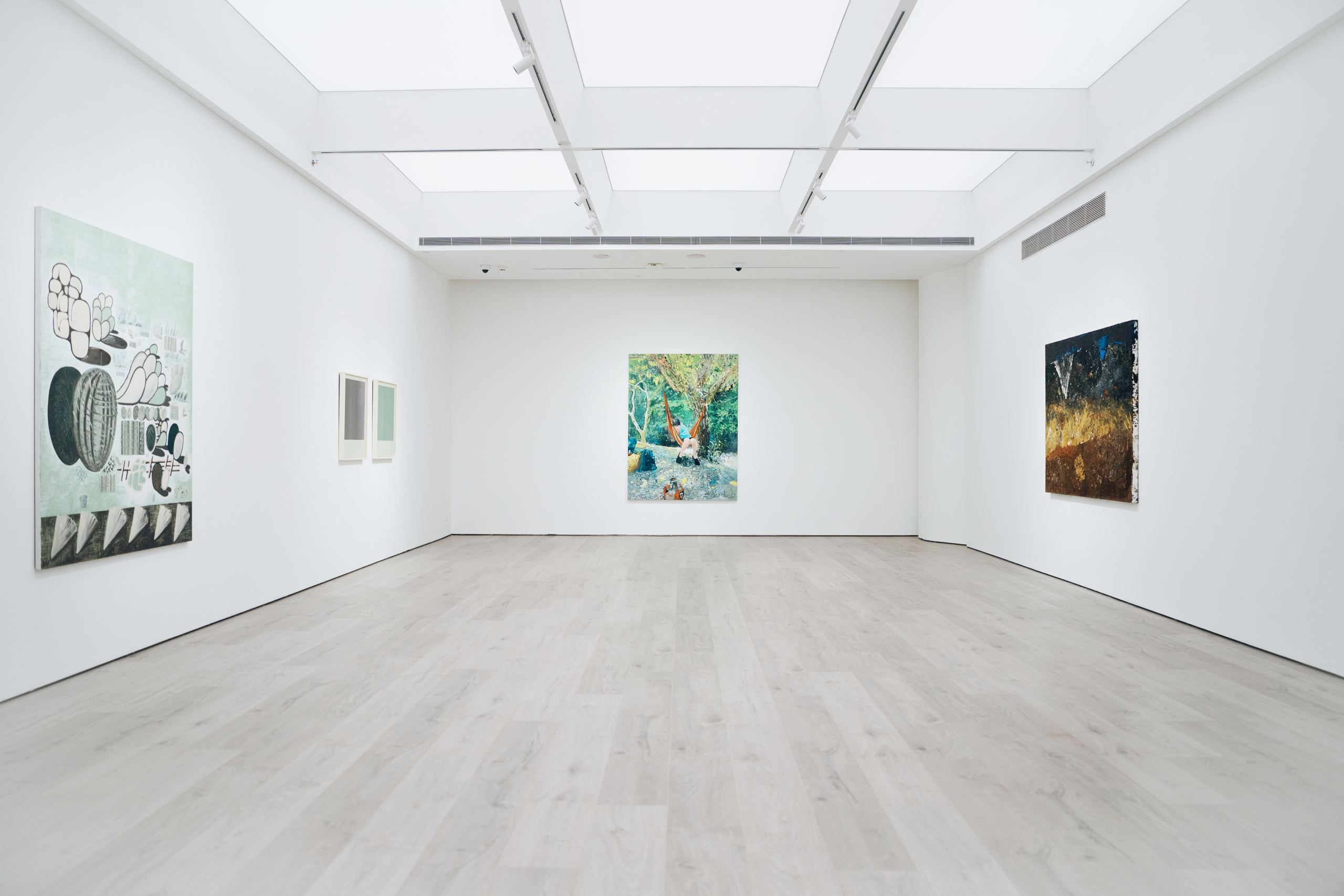


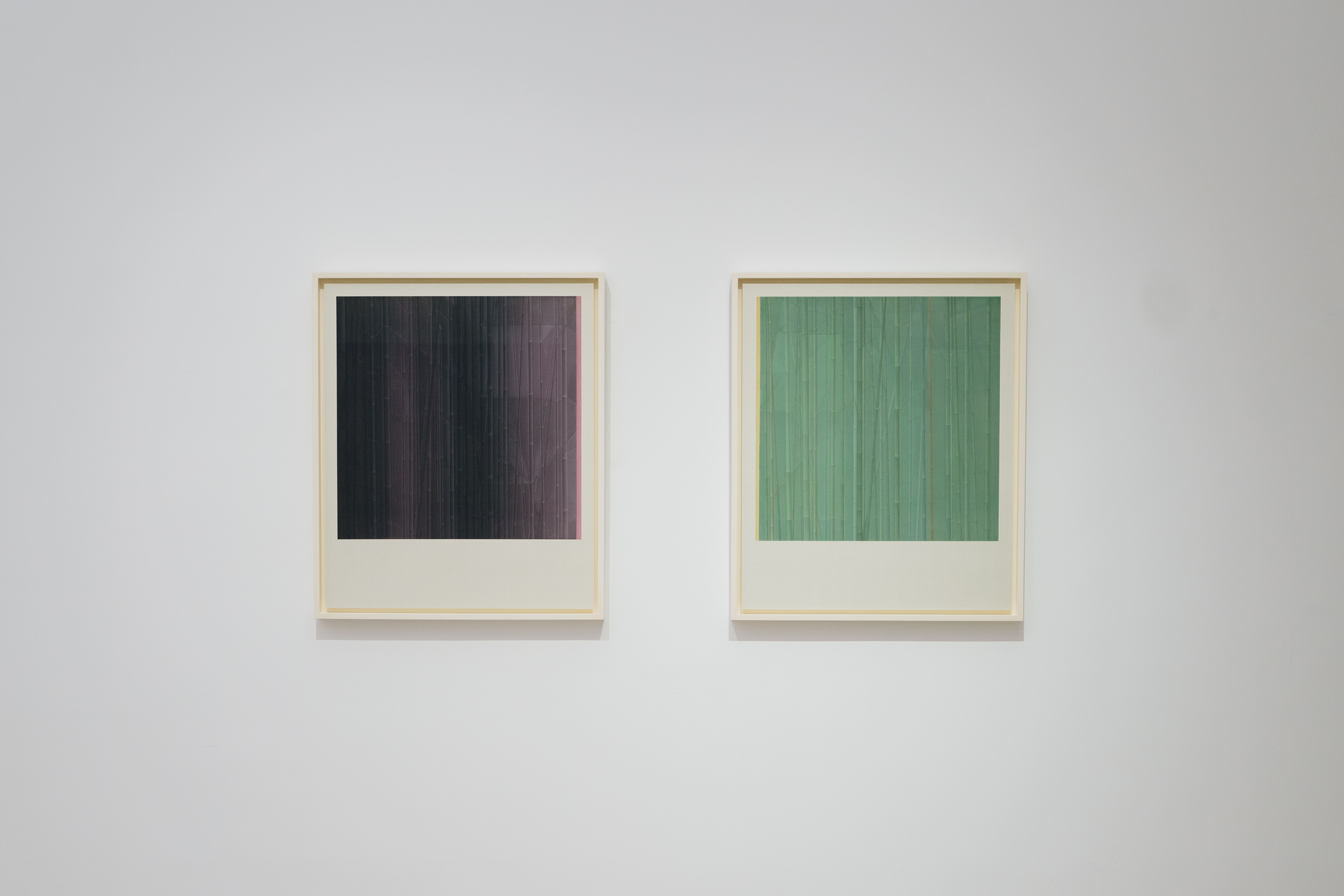
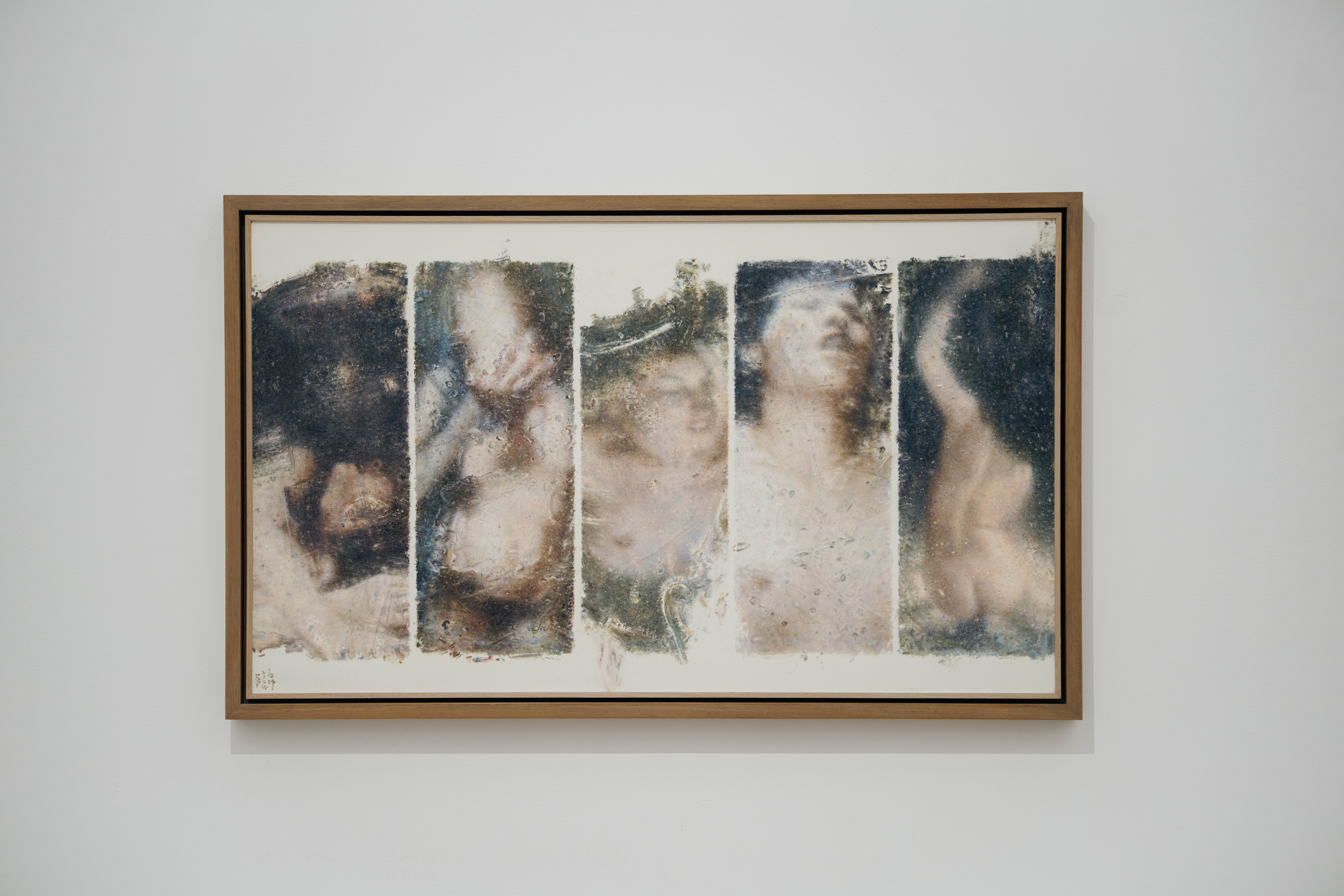
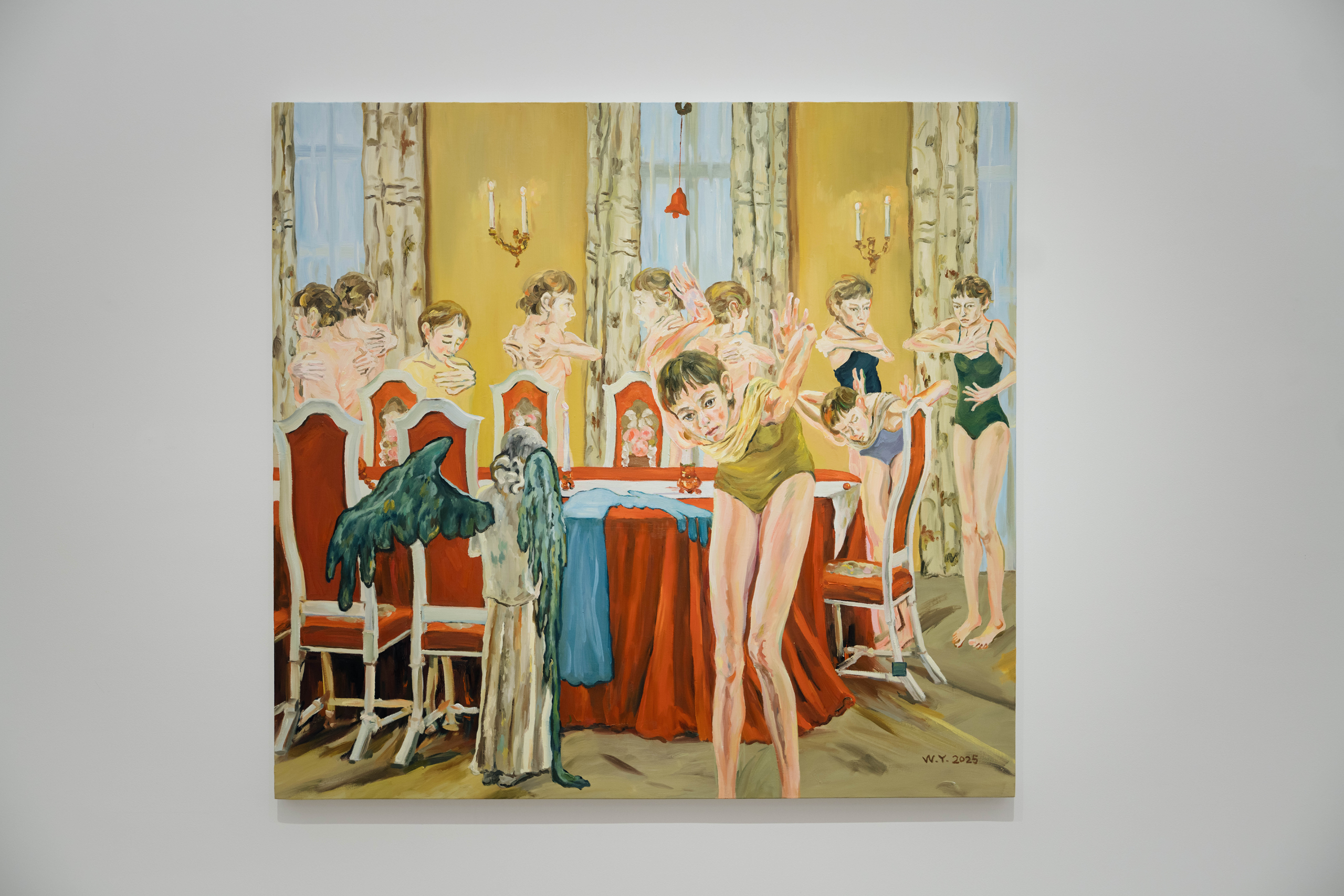

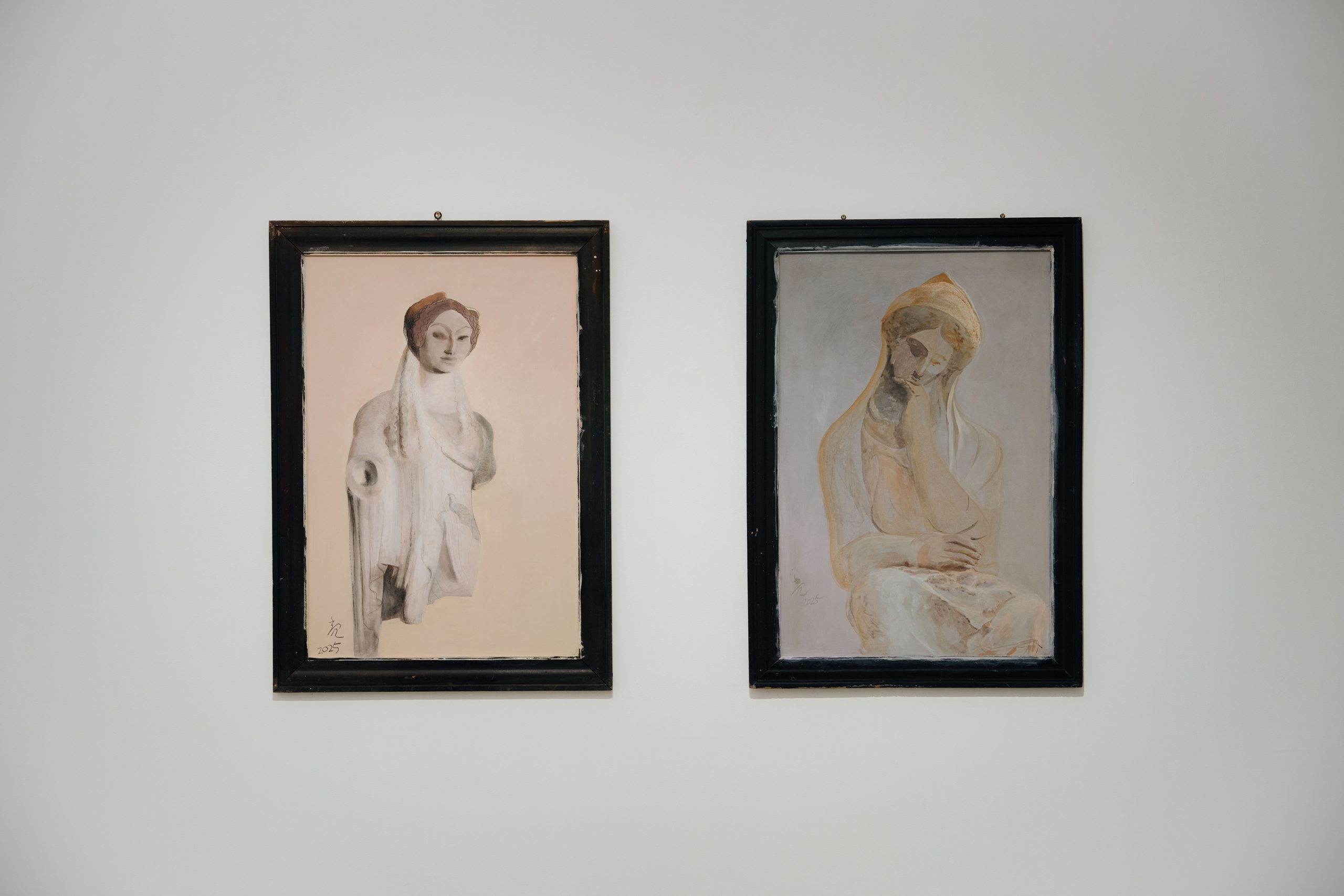
The exhibition draws upon the quiet spirit of Jia Dao’s Tang dynasty poem Searching for the Hermit but Not Finding Him:
“Beneath the pines I asked the boy;
he said his master had gone to gather herbs.
He’s somewhere in this mountain,
though the clouds are deep and I know not where.”
Within this classical Chinese aesthetic, the human figure is not presented frontally, but always intertwined with the landscape—retreating, merging, becoming part of the scenery. In this exhibition, figures do not shout—they shift, transform, and reshape their surroundings. They alter space itself. The landscape becomes a site of inwardness; the rhythm of nature becomes a portrait of the self.
Yet this subject–object fusion is not uniquely Chinese. In the West, modern artists such as Cézanne famously said, “The human being is not there, yet entirely present in the scene.” Across cultures, across time, the effort to transcend the boundaries of self and world has found visual form. In the 20th century, amid the rise of industrial modernity, philosopher Martin Heidegger turned to poetry and nature, calling on us to “dwell poetically on the earth.” He saw in art a path back to authenticity. If Seeking the Unseen Presence reaffirms traditional values within the context of Chinese culture, then within the predominantly Western discourse of modern and contemporary art history, it also serves as a model for resisting grand narratives and prevailing trends.
Seeking the Unseen Presence thus addresses the relationships between body and landscape, between the seen and the hidden. It navigates both Eastern and Western traditions, inviting viewers to enter a space not of answers, but of potentials—encounters both present and postponed.
“Beneath the pines I asked the boy;
he said his master had gone to gather herbs.
He’s somewhere in this mountain,
though the clouds are deep and I know not where.”
Within this classical Chinese aesthetic, the human figure is not presented frontally, but always intertwined with the landscape—retreating, merging, becoming part of the scenery. In this exhibition, figures do not shout—they shift, transform, and reshape their surroundings. They alter space itself. The landscape becomes a site of inwardness; the rhythm of nature becomes a portrait of the self.
Yet this subject–object fusion is not uniquely Chinese. In the West, modern artists such as Cézanne famously said, “The human being is not there, yet entirely present in the scene.” Across cultures, across time, the effort to transcend the boundaries of self and world has found visual form. In the 20th century, amid the rise of industrial modernity, philosopher Martin Heidegger turned to poetry and nature, calling on us to “dwell poetically on the earth.” He saw in art a path back to authenticity. If Seeking the Unseen Presence reaffirms traditional values within the context of Chinese culture, then within the predominantly Western discourse of modern and contemporary art history, it also serves as a model for resisting grand narratives and prevailing trends.
Seeking the Unseen Presence thus addresses the relationships between body and landscape, between the seen and the hidden. It navigates both Eastern and Western traditions, inviting viewers to enter a space not of answers, but of potentials—encounters both present and postponed.